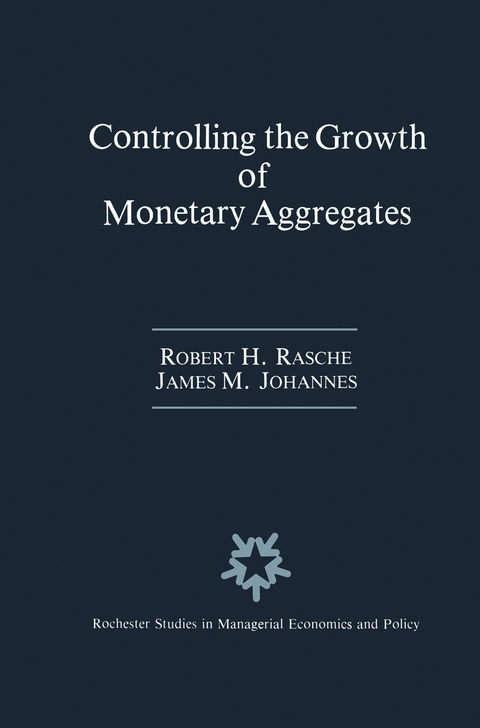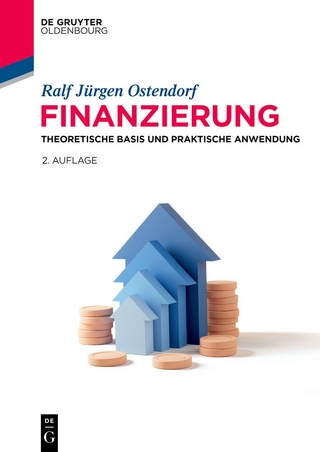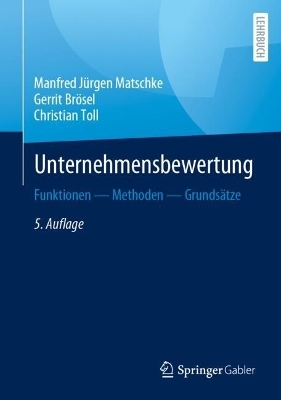
Controlling the Growth of Monetary Aggregates
Kluwer Academic Publishers (Verlag)
978-0-89838-226-6 (ISBN)
Karl Brunner Monetary affairs have preoccupied observers over the ages. In the middle of the 14th century, the chaos in the French currency system after many rounds of currency debasement attracted comments expressing helpless confusion. Goethe's Mephistopheles convinced the imperial court to inflate with paper money "for the benefit of the public" and to satisfy all the demands on the government's largesse. Our century is no exception. The massive technological improvement in creating money has contributed to hyperinflationary experiences never before recorded in history. These events occurred, however, in the political disarray following major wars. More important are the persistent pe ace time failures of our monetary institutions. A massive worldwide deflation, centered in the United States and Germany, imposed a tragic social and political fate on Western societies. Similarly, the sequence of a worldwide inflation followed by deflation observed over the past 15 years has fostered disruptive economic and political conditions. The monetary disarray experienced throughout history was crucially influenced by the prevailing monetary arrangements. These arrangements determine the level and movement of the nation's money stock over time. Under the circumstances, the political issue confronting us bears on the useful choice of monetary arrangements. This choice should involve institutions that prohibit both massive deflation and persistent inflation.
1 Introduction.- Alternative Approaches to Money Stock Control.- Money Multiplier Forecasting.- Goals and Organization.- Summary of Results and Conclusions.- 2 The Money Multiplier Framework.- Derivation of Pre-1980 Money Multipliers.- Derivation of Post-1980 Money Multipliers.- Inclusion of Non-Bank Travelers Checks in Monetary Aggregates.- The Reserve Components in the Monetary Base Multipliers vs. the Reserve Multipliers.- 3 Initial Forecasting Models for the Old Money Stock Multipliers.- Modeling the Money Multiplier Components.- Estimation.- Model Stability.- Relationship of ARIMA Multiplier Models to Econometric Literature.- Sample Period Errors.- Seasonal Adjustment.- Conclusions.- 4 Evolution and Robustness of the Forecasting Models During a Period of Financial Innovation and Deregulation: 1977–1983.- Adjustments for the Introduction of Automatic Transfer Accounts (ATS).- Adjustments of the Forecasting Models for the.- Redefinitions of the Monetary Aggregates.- Reconstruction of the Reserve Adjustment Magnitude.- Inclusion of Non-bank Travelers Checks in the Monetary Aggregates.- NOW Account Shifts.- Impact of All-Savers Certificates and Money Market Deposit Accounts (MMDAs).- 5 Monetary Control: The Implementation Experience.- Monetary Policy in Retrospect.- Analysis of the Component Ratio Forecast Errors, 1977–1982.- Analysis of the Component Ratio Forecast Errors, 1982–1985.- Analysis of Multiplier Forecast Errors.- An Alternative Short-run Targeting Procedure.- Appendix 5A Estimating the Accuracy of an Aggregate Control Procedure for Short-run Targeting of Monetary Aggregates.- 6 The Precision of Monetary Control.- Endogeneity, Exogeneity, and Reentry Rates.- Analysis of Component Errors.- Error Forecasts for Multipliers.- Alternative Specification ofthe Multiplier.- Conclusions.- Appendix 6A Partial Derivatives of the Monetary Base Multiplier.- 7 Consistent Target Ranges for Several Monetary Aggregates.- Reestimation of Multiplier Component Forecasting Models.- Conclusions.- 8 Conclusions.- References.- Appendix: Computer Programs for Estimation and Forecasting of Multipliers and Component Ratios.- Name Index.
| Erscheint lt. Verlag | 30.9.1987 |
|---|---|
| Reihe/Serie | Rochester Studies in Managerial Economics and Policy ; 4 |
| Zusatzinfo | XXII, 212 p. |
| Verlagsort | Dordrecht |
| Sprache | englisch |
| Maße | 155 x 235 mm |
| Themenwelt | Wirtschaft ► Betriebswirtschaft / Management ► Finanzierung |
| Wirtschaft ► Volkswirtschaftslehre ► Finanzwissenschaft | |
| Wirtschaft ► Volkswirtschaftslehre ► Makroökonomie | |
| ISBN-10 | 0-89838-226-2 / 0898382262 |
| ISBN-13 | 978-0-89838-226-6 / 9780898382266 |
| Zustand | Neuware |
| Haben Sie eine Frage zum Produkt? |
aus dem Bereich


